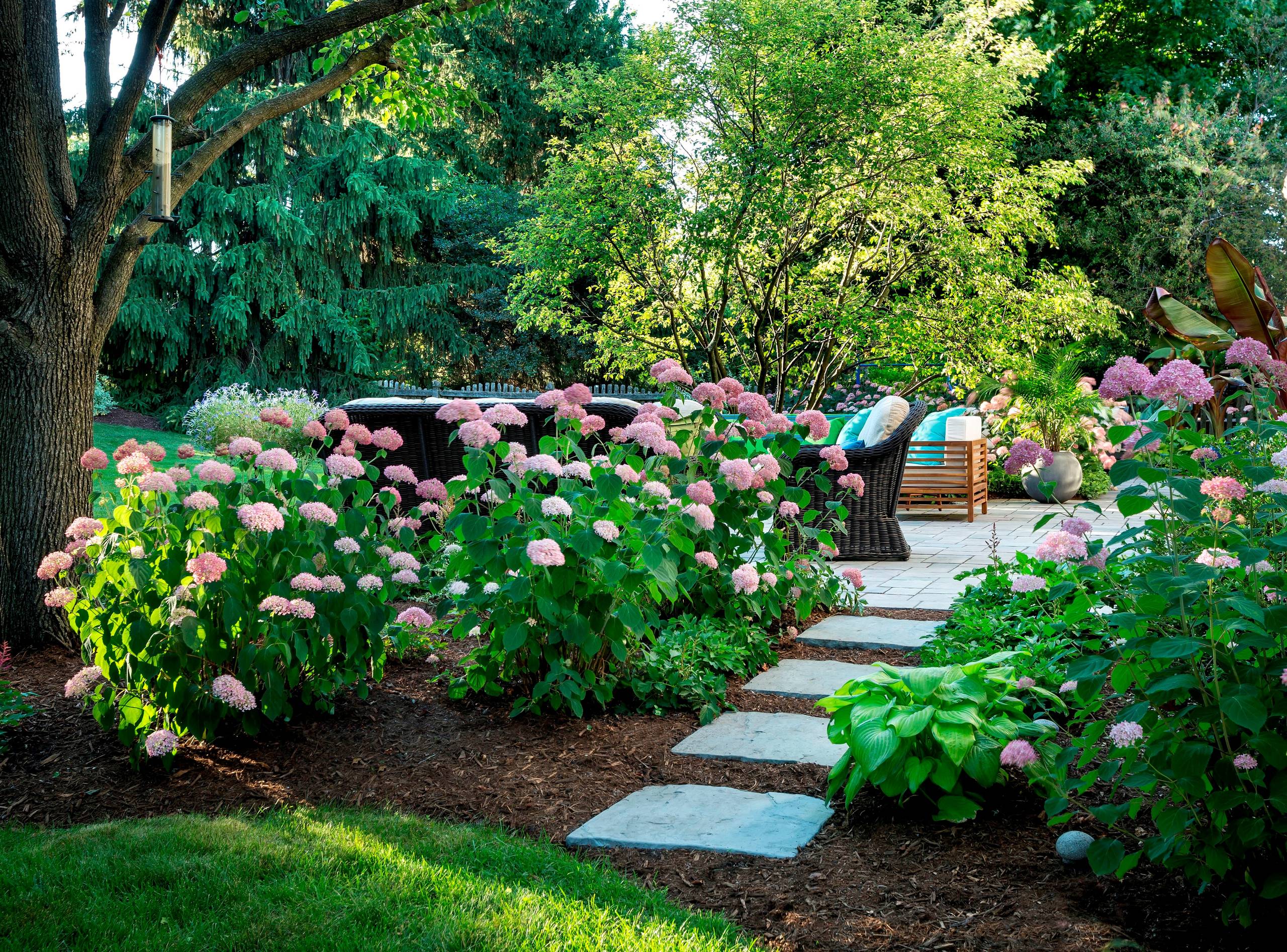
5 Ways to Make Your Backyard Eco-Friendly
Transforming your backyard into an eco-friendly oasis benefits the environment and enhances your outdoor living experience. This can be a small but impactful contribution towards ensuring a healthier and safer environment for everyone, which is more important now than ever.
An eco-friendly backyard is an important step in combating climate change. Small steps like choosing native plants can help preserve local wildlife while improving your water consumption, and irrigation systems can lower your water footprint while reducing your utility bills, too!
Moreover, there is no reason for eco-friendly initiatives to be boring. An eco-friendly backyard can be your home’s most beautiful, healthy, and creative space. So, to help you get started, here are five ways to make your backyard more eco-friendly and sustainable.
Embrace Native Plants
Choosing native plants can be the ultimate game-changer for creating a thriving, low-maintenance garden that helps the environment. Native plants are adapted to your local climate, requiring less water, fertilizers, and pesticides. They also become a natural habitat for many local wildlife creatures, such as birds, butterflies, and bees.
While native plants are low maintenance in the long run, you must put in some extra effort in the initial stages. Firstly, research your region’s native flora and select various plants to create a diverse and suitable ecosystem.
Secondly, carefully find and choose plants with similar water and sunlight needs. This will maximize their health and ensure lower resource consumption, allowing you to enjoy an eco-friendly yet low-maintenance backyard after you have set them up.
Lastly, make sure you choose the right type of soil so that these plants can flourish. You need to find a good and reliable soil provider who can offer you a variety of soils with different compositions, pH levels, and textures. The easiest way to find good quality without too much hassle is to search for “soil delivery near me” and get your backyard’s resources at your doorstep.
Implement Rainwater Harvesting
Improving your water footprint should be one of the main aims of making your backyard friendly. Installing an improved system to manage water waste and recycle water is a must. The best way to do that is to implement rainwater harnessing. It helps reduce water consumption and manage stormwater runoff.
Harnessed rainwater can help you collect and store rainwater to irrigate all types of plants, including herbs, vegetables, flowers, and succulents. It is efficient, eco-friendly, and looks great, too!
To get started, choose whether to install a rain barrel or a more extensive rainwater collection system, such as rain chains. Connect the harnessing system to your gutter downspouts, and let it collect rainwater for you to use for irrigating your plants.
However, make sure that the harnessing system has been installed with a solid filtration system. You can find a contractor or a professional to help you with this step. A filtration system will minimize any chances of blockages and keep debris and dirt away from your garden.
Create a Composting System
A unique and powerful way to truly make your mark in the efforts towards a greener future is to start creating compost at home. It is an excellent way to reduce waste, manage kitchen scraps and leftover food, and a homemade fertilizer that reduces the need to buy anything from stores.
Essentially, composting turns your kitchen scraps and yard waste into nutrient-rich soil for your garden or plants of all types. To start composting at home, start by setting up a compost bin in a dry and shady spot of your house.
Once it’s set up, add green waste like vegetable scraps, coffee grounds, dry leaves, and even cardboard to the bin. You can also add newspapers, eggshells, and wood shavings! Most importantly, make sure you strike a good balance between green and brown materials to create a high-quality compost.
Another important tip is to turn or rotate the compost bin regularly. This helps speed up the decomposition and ensure a well-balanced and mixed final product. Additionally, turning the compost introduces air into the pile, providing oxygen to the microorganisms. Adequate airflow also helps prevent unpleasant smells and odors from building up.
Conclusion
Implementing these eco-friendly practices can truly transform your backyard into a sustainable and vibrant space. Embracing native plants, harvesting rainwater, and composting are all steps towards a greener future.
An eco-friendly backyard will let you enjoy tranquility and beauty in your home while ensuring that the space aligns with what is best for the environment. Start making these changes today and watch your backyard flourish harmoniously with nature.